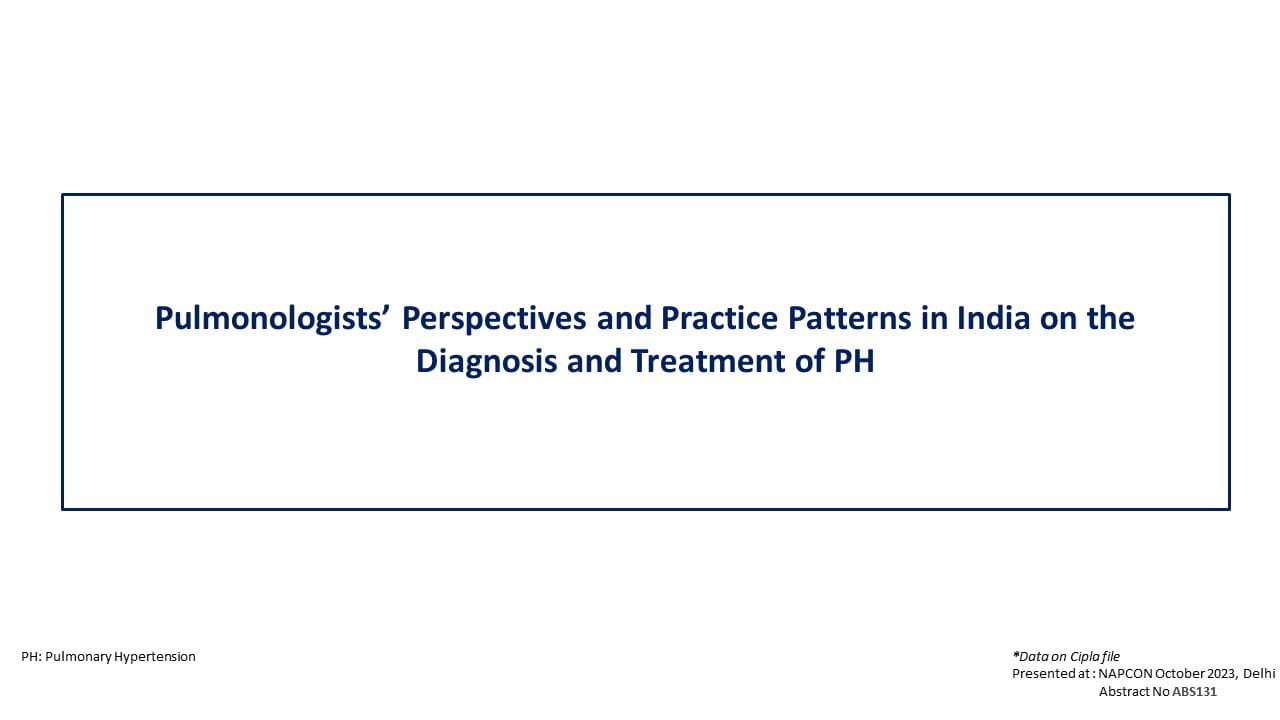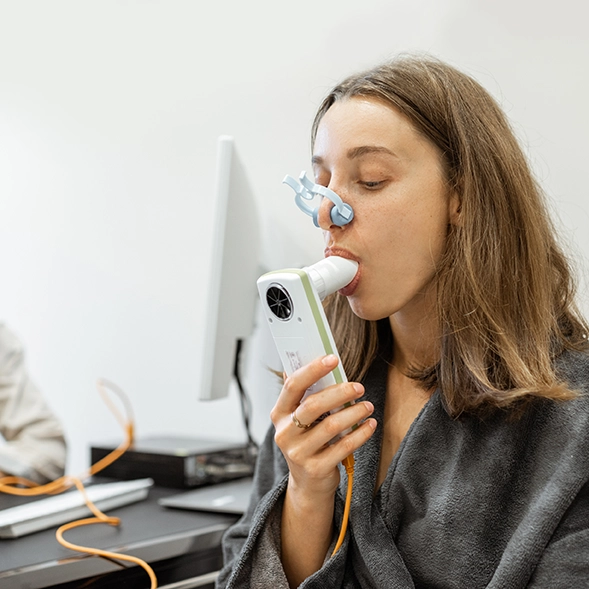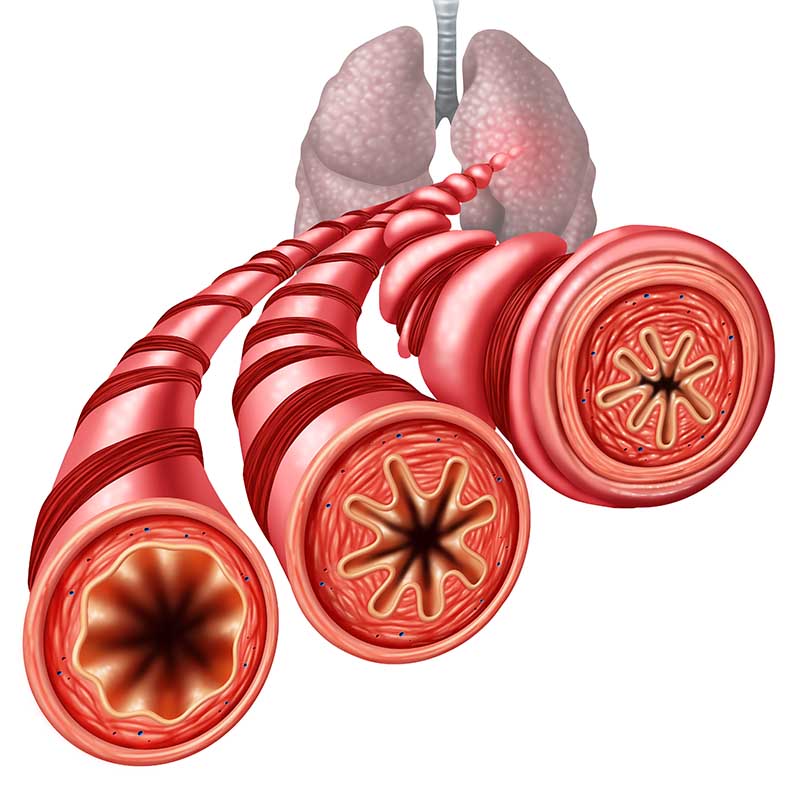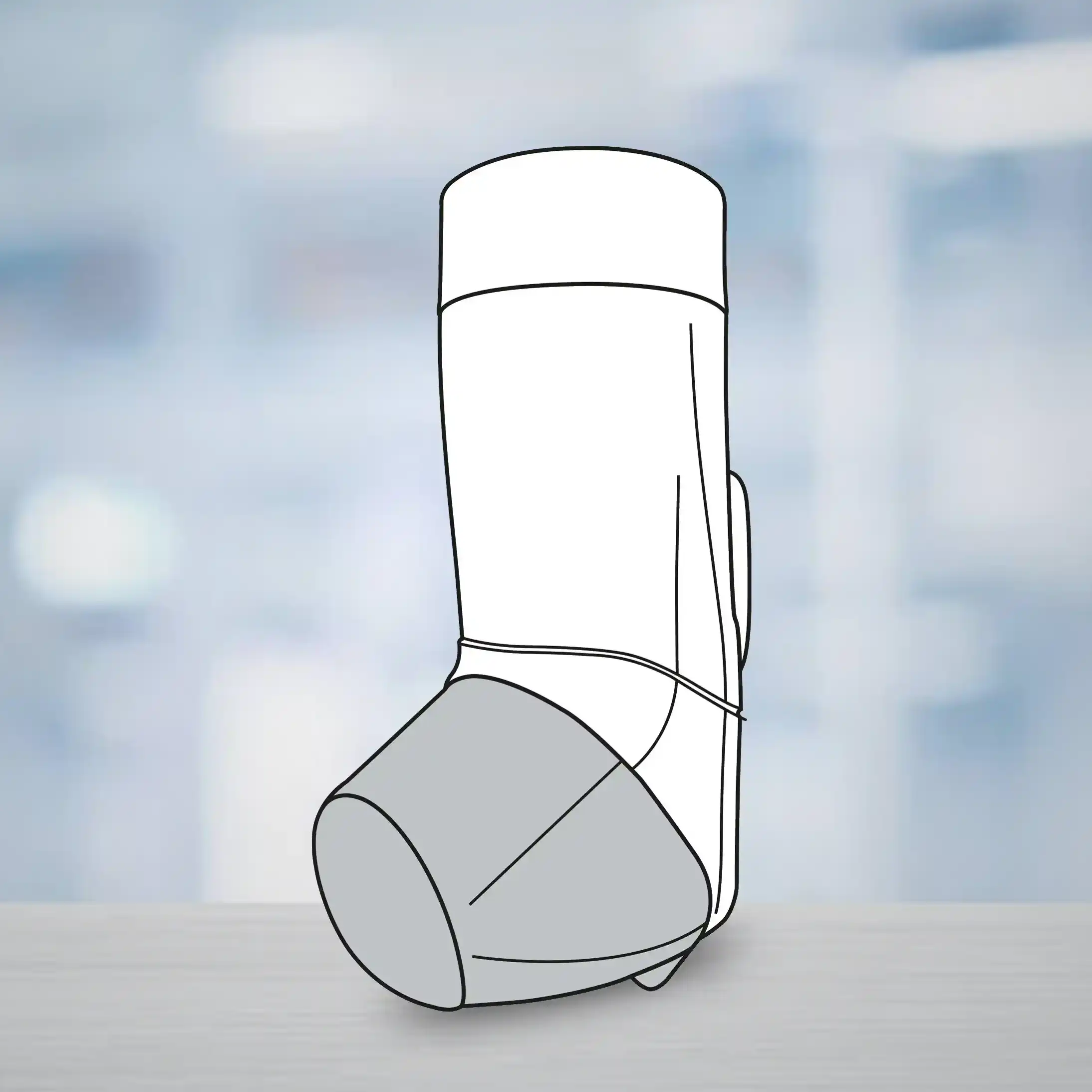Introduction
Postoperative pain is a significant health issue, leading to dissatisfaction, delayed mobility, extended hospital stays, increased readmissions, and a higher risk of chronic pain after pelvic surgery. Effective pain management is crucial for anesthetists. Opioids, while common, can cause serious side effects such as nausea, addiction, and chronic pain; hence, opioid-sparing strategies using regional techniques and non-opioids are gaining traction. Non-steroidal anti-inflammatory drugs (NSAIDs), like ketorolac and ibuprofen, are key in these strategies, yet their comparative effectiveness in open laparotomy patients remains unexplored.
Aim
This study compared the analgesic effects of intravenous ibuprofen to ketorolac after open abdominal hysterectomy.
Method
Study Design
- Randomized double-blinded controlled trial
Treatment Strategy
- Cohort comprised adult women scheduled for elective open abdominal hysterectomy with or without salpingo-oophorectomy were randomized into 2 groups
- Fifty women received 30 mg ketorolac, and 50 women received 800 mg ibuprofen preoperatively, then every 8 hrs postoperatively for 24 hrs
- IV Paracetamol 1 gm was administered 30 mins before surgery and then after every 6 hrs for 24 hrs
- If the visual analogue scale (VAS) for pain assessment was > 3, rescue analgesics were given
Endpoints
Primary Endpoint
- Mean postoperative dynamic VAS during the first 24 hrs
Secondary Endpoints
- Static and dynamic VAS
- Time to first analgesic requirement
- Consumption of intraoperative fentanyl
- Postoperative morphine consumption
- Time taken to move independently
- Patient satisfaction
Results
- The final analysis included 46 patients in the ibuprofen group and 50 patients in the ketorolac group
- The 24-h dynamic and static VAS were comparable in the two groups
- The median (quartiles) dynamic VAS was 1.1 vs 1.0 in the ibuprofen group and ketorolac group respectively; p = 0.116
- Median (quartiles) static VAS was 0.9 vs 0.7 in the ibuprofen group and ketorolac group respectively; p = 0.113
- All the patients except 1 in ketorolac group required postoperative morphine and the time to first morphine consumption was within the first 30 mins postoperatively
- There were no significant differences in the intra- and postoperative analgesic requirements, intraoperative blood loss, pre-and postoperative hemoglobin concentrations and time to independent movement among the groups
- However, the women who received ketorolac reported higher patient satisfaction; p=0.009
Conclusion
- The analgesic effect with intravenous ibuprofen and ketorolac was similar in patients undergoing open abdominal hysterectomy receiving multimodal analgesic regimen.
BMC Anesthesiol. 2024 Jun 7;24(1):202.










